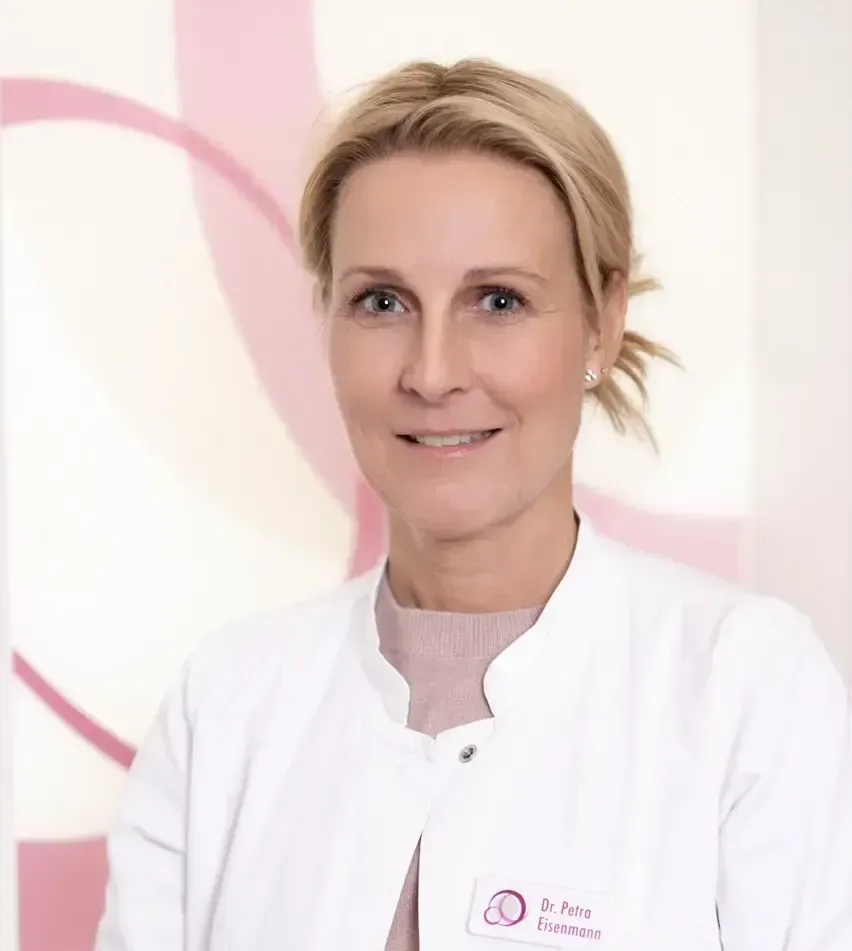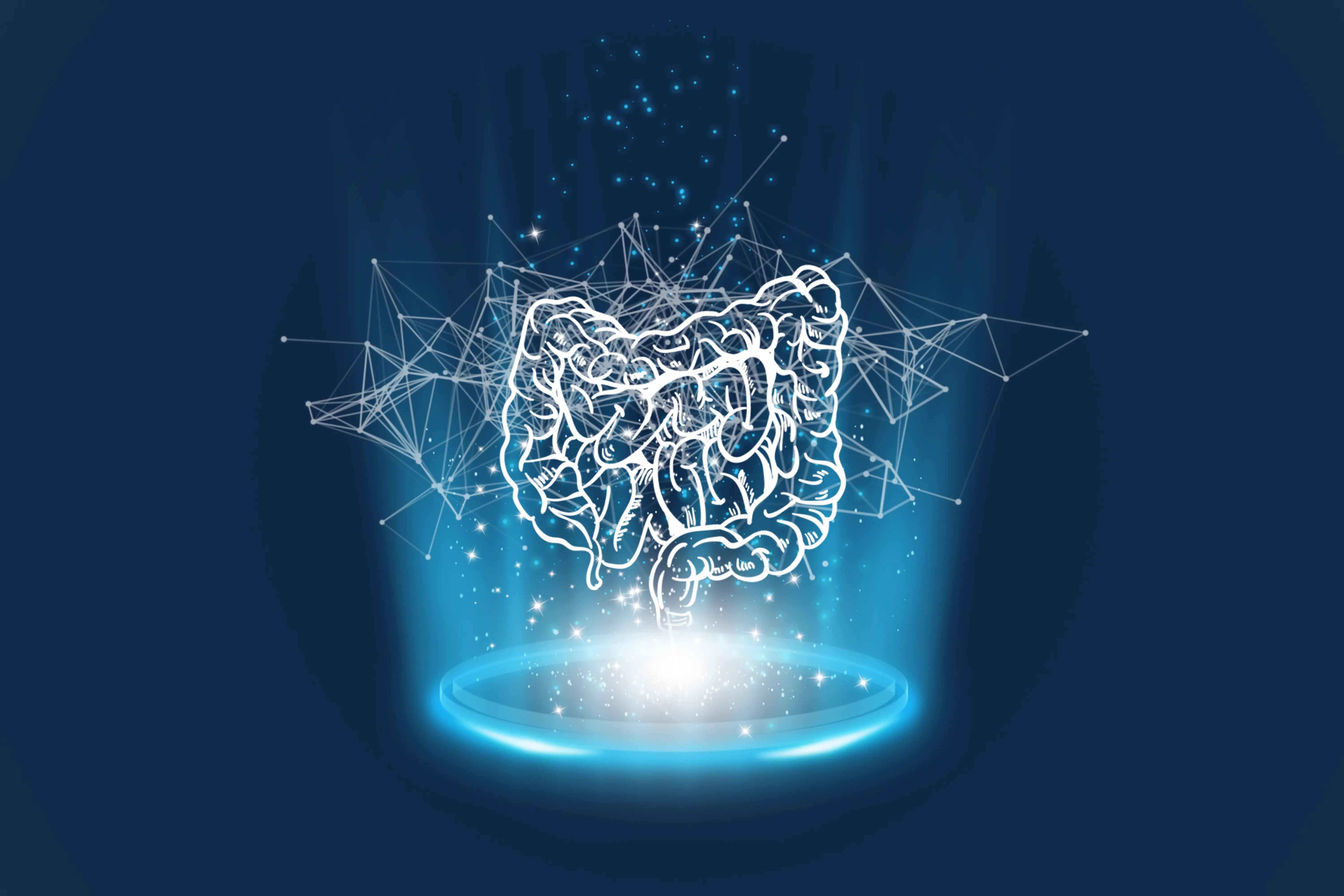Prenatal care and prenatal diagnostics
Antenatal care is used to monitor the health of mother and child during pregnancy. It includes physical examinations, blood tests, ultrasound examinations, and consultations regarding nutrition, vaccinations, and birth. The maternity record documents all important findings. Regular check-ups are crucial to detect pregnancy risks early and to avoid complications.
The initial examination
usually takes place between the 5th and 8th week of pregnancy, is particularly comprehensive, and lays the foundation for the entire pregnancy care. After the medical history, a physical examination is carried out (including weight and height, blood pressure measurement) and then the gynecological examination (palpation of the uterus, examination of the cervix, ultrasound to confirm the Pregnancy).
In the blood test, the blood group and Rhesus factor are determined, hemoglobin levels are measured, thyroid levels are checked, a rubella antibody test is carried out, and tests for HIV and hepatitis are done. A Toxoplasmosis-CMV-Parvovirus test is conducted upon request. The urine provides information about the glucose level as well as the number of leukocytes to detect infections or gestational diabetes.
Regular check-ups during pregnancy
From the 9th week of pregnancy (gestational week), regular check-ups take place, usually every 4 weeks, and from the 32nd week every 2 weeks. During each of these examinations, the following are checked: weight, blood pressure, urine, examination of the cervix and uterine growth, measurement of the symphysis-fundus length (size of the uterus), and the determination of fetal heart tones.
From the 10th week of pregnancy, the so-called NIPT test can also be carried out. This non-invasive prenatal test is a blood test that can be used during pregnancy to examine the child's genetic material for trisomies 13, 18, and 21. These trisomies are rare genetic changes that affect physical and mental development differently. The most well-known is trisomy 21 (Down syndrome). In the case of suspected genetic diseases, either a chorionic villus sampling (CVS) or an amniocentesis can be performed.
Ultrasound examinations (screenings) during pregnancy
During pregnancy, three mandatory ultrasound examinations are scheduled - the first-trimester screening, the second-trimester screening including fetal echocardiography and color Doppler sonography, and the third-trimester screening. The first screening (11+6 to 13+6 weeks) confirms the pregnancy, determines the fetal heart activity, and measures the crown-rump length. The second screening (19-22 weeks) determines fetal growth, checks the position of the placenta, and screens the organs. The third screening (29-33 weeks) again checks growth, amniotic fluid, and the position of the child.
Color Doppler sonography (also known as color Doppler ultrasound) in the second screening is an imaging procedure that makes the blood flow in blood vessels visible. Blood flow direction and blood flow speed are represented in color. During pregnancy, it monitors the blood supply of the unborn child. More precisely, the blood supply of the placenta is checked, the blood flow in the umbilical artery is measured, and the blood supply of the fetal brain assessed, and the blood supply in the uterine arteries is monitored.
Blood tests during pregnancy
At every second check-up, the HB value (anemia control) is determined, an antibody screening test is carried out in the second trimester, and a glucose tolerance test (OGTT) is used to diagnose possible gestational diabetes between the 24th and 28th weeks of pregnancy.
CTG (Cardiotocography)
From the 28th to the 30th week of pregnancy, a CTG is performed at every second prenatal check-up to monitor the child's heartbeats and the mother's labor activity.
Gynecological examinations shortly before birth
From the 36th week of pregnancy, the child's position is checked, i.e., whether it is in a head-down or breech position. Very often, information is now also provided on the types of delivery and preparation for birth. If desired, a test for group B strep can be carried out, as these can be transmitted to the child during birth.
Breastfeeding counseling
Breastfeeding counseling is individually tailored to the needs of the mother and baby and usually begins before birth. Here, among other things, information is provided about the importance of breastfeeding for child and mother, an introduction to various breastfeeding positions (e.g. cradle or side position), and information about colostrum (the first milk and its benefits). In addition, the anatomy of the breast is explained, i.e., how milk production works.
After birth, at the beginning of breastfeeding, the mother receives help in correctly attaching the baby to the breast, information about the breastfeeding rhythm and the baby's drinking behavior (e.g., how to tell if the baby is drinking enough). Typical problems, such as engorgement, mastitis (breast infection), sore nipples or hyperlactation (too much milk) are also discussed in detail.
Midwife consultation
The midwife consultation provides individual support during pregnancy, childbirth, and the postpartum period at home. The midwife assists expectant mothers with questions about pregnancy, helps with discomfort, and prepares for childbirth and life with the baby. After the birth, she supports with breastfeeding, baby care, and Postnatal recovery. The care provided by a midwife conveys a sense of security and self-confidence and complements medical care in a meaningful way.
During pregnancy, the midwife can perform check-ups, similar to those conducted by a gynecologist. This includes, for example, weight control, blood pressure measurement, abdominal palpation, and listening to the baby's heartbeat. The midwife also assists in preparing for birth and answers questions about the birth process.








